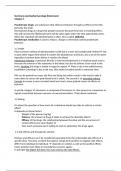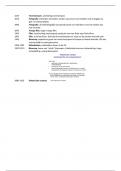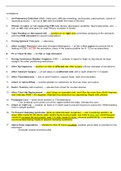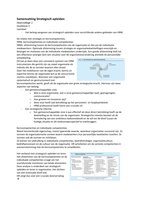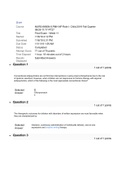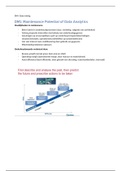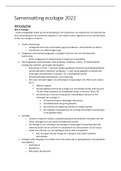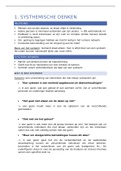Samenvatting
Summary of psychopharmacology UU
Chapter 1, 5, 6, 7, 11, 8, 9, & 10. In this order because this is congruent with the order of the lectures. All the important concepts are in bold. Also contains imagines when needed to clarify.
[Meer zien]
